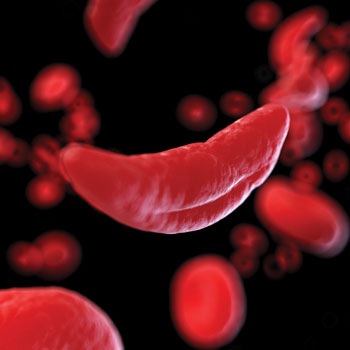Digoxin still used, but toxicity not appreciated
Add digoxin toxicity to your checklist of diagnostic suspicions, and consider standing orders to check serum levels in certain populations.
Digoxin is an old medicine but is still used for controlling rapid atrial fibrillation in certain cases. Unfortunately, the current therapeutic levels have not been adjusted downward to reduce toxicity, and recommendations for monitoring them are obsolete. Both items date back to the 1970s. At that time, the recommendation was only to check levels to make sure that the patient was taking digoxin or if you were suspicious about digoxin toxicity. The recommendations have not been appropriately updated for a highly toxic drug. Digoxin has a very narrow therapeutic window that is just like warfarin and lithium, and yet with them, we give standing orders for the patient to have their serum levels measured. There is no such recommendation for digoxin. It just hasn't been thought of.
Other researchers and I published a peer-reviewed paper in Frontiers in Cardiovascular Medicine last July. We did a retrospective review of all the patients who had been hospitalized with digoxin toxicity (serum level >2.0 ng/mL) at our institution over the previous three years. We identified 86 episodes involving 79 patients. It turned out that more than 25% of those patients who were hospitalized because of developing digoxin toxicity had been newly started on digoxin in the hospital for rapid atrial fibrillation weeks to months before but had never been given an order to have a serum digoxin level done following discharge.
Anyone who's on digoxin should have a serum digoxin level monitored on a regular basis. Whenever kidney function is checked, it should be monitored. Since digoxin's level can be affected by nearly 400 medications, it should be checked within a week of starting a new medication. Therefore, I'm recommending that patients have a standing order so that they can get their own digoxin level automatically done one week later after starting any new medication, including those prescribed by a dentist or other provider.
Be proactive and try to keep the digoxin level lower than what the prior recommendations were in the 1960s and 1970s, when the recommended levels were between 0.8 ng/mL up to 2.4 ng/mL. Unfortunately, a lot of the laboratories right now still have those as therapeutic levels, although several medical societies (European Society of Cardiology, American College of Cardiology Foundation/American Heart Association, and American Heart Association/American College of Cardiology) have all come out recommending a lower maximum level of between 0.9 to 1.1 ng/mL for heart failure. An observational study by Lopes and colleagues in patients with atrial fibrillation, published in 2018 by the Journal of the American College of Cardiology, demonstrated that a digoxin level below 0.9 ng/mL was associated with no increased mortality but a level of 1.2 ng/mL or greater resulted in a 56% increased risk of death.
Although new therapeutic guidelines, in my opinion, should be between 0.5 to 0.9 ng/mL, many laboratories have not updated the range and are still using 0.8 to 2.4 ng/mL. This could result in a clinician not familiar with the risk of levels above 0.9 ng/mL planning on increasing the dose, resulting in toxicity, if the lab reports the level as being "low." However, even levels below 0.5 ng/mL may be effective for some individuals, and likewise, levels above 1.2 ng/mL may not be causing toxicity, so therefore careful evaluation of each patient is important.
Digoxin toxicity is difficult to diagnose because digoxin toxicity symptoms are quite generic for seniors: confusion, tiredness, don't feel like eating, depression, gastroenteritis, etc. In fact, in the review of patients who were admitted because of toxicity at my institution, emergency clinicians failed to consider digoxin toxicity in more than 50%.
Therefore, for it to be included in the differential, every clinician needs to review the medicine list. In the emergency room, this is particularly important because the ER doctors may not have a current medicine list that is up to date, but they need to ask for it, particularly in seniors. You need to have this high suspicion and say, "OK, what medicines are you taking?"



